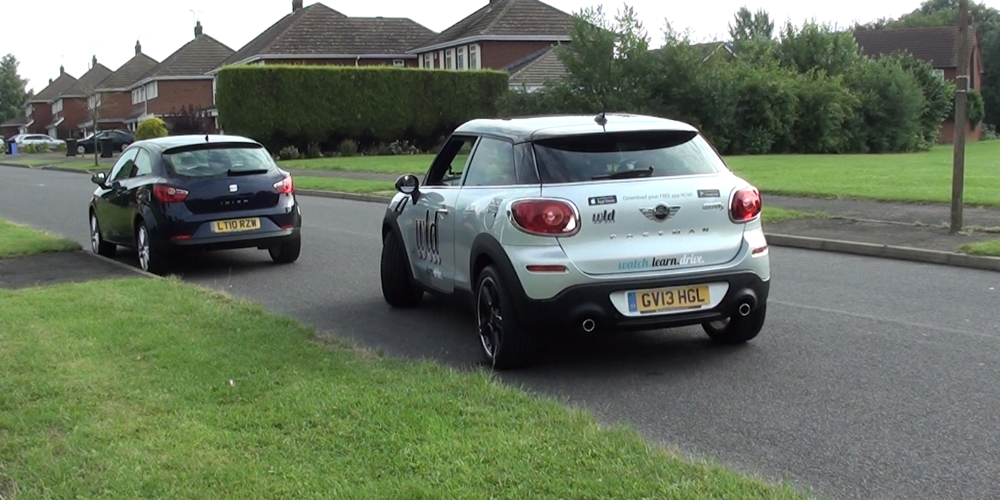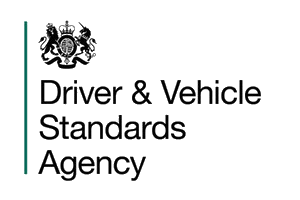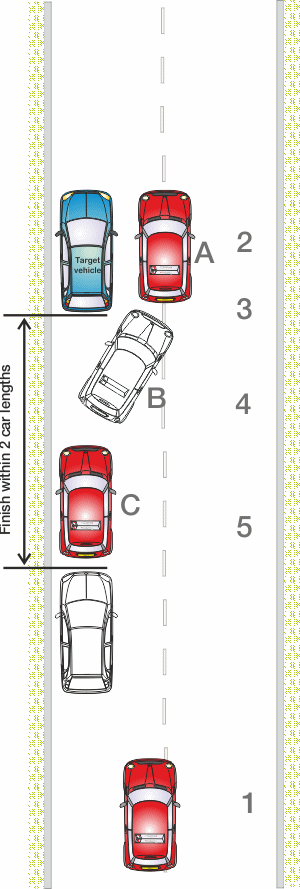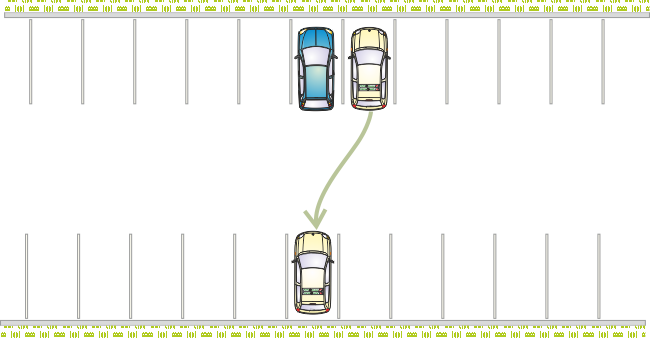
 Many older drivers will walk miles rather than try to reverse into a parking space! This is because their driving instructors never taught them this manoeuvre.
Many older drivers will walk miles rather than try to reverse into a parking space! This is because their driving instructors never taught them this manoeuvre.
Even many of those who passed the driving test since the manoeuvre was introduced still feel under pressure when parking.
The manoeuvre has been part of the driving test since the 1990s; before that, many drivers' first parallel parking experience was on a busy shopping street with no help - this often ended in disaster! This is perhaps the main reason that some drivers avoid the manoeuvre.
The good news is that many new drivers, just like you, have followed the DriverActive programme and realised that parallel parking can be easy. And you will soon be joining them!
The information in this lesson will give you an overview of the key points of the exercise. Your instructor will help you master the finer details of the manoeuvre.
For over 35 3D briefing videos visit Driving test Success. (Google Play | App Store - appstore practical videos available as an in app purchase in the 4 in 1 kit)
As with all driving test set manoeuvres, the examiner will look for good observation, car control, reasonable accuracy, and good decision-making.

The examiner will want to see:
Some cars now have a 'self-parking' feature that can park automatically with virtually no input from the driver - but you cannot use these systems on the driving test.
Other cars have reversing cameras; these can be used but must not be relied on totally.
You can also use a car with audible sensors that warn how close you are to obstructions.
This manoeuvre is often completed using only one car during tests (as illustrated in the diagram); however, examiners can ask you to park in a space between two cars. The DVSA choose to do it with only one car if there is no other alternative readily available on the test route.
Take care choosing a location if you practise with friends or family between driving lessons. People can become upset when you choose their car for practise! It's best to use a car that belongs to someone you know as your 'target' vehicle rather than risk upsetting a stranger by repeatedly reversing around their car.
 Step-by-step
Step-by-step Your instructor might give you specific details to help your judgment at some points below - but you will learn much quicker if you can rely on your own judgement from the start.
Step 1
Select a suitable parking spot by looking well ahead.
Step 2
Stop alongside, and parallel with the car you wish to park behind, making sure you make the fullest use of mirrors and signalling if necessary.
During the driving test, your examiner will ask you to pull up on the left before the 'target' car. After you have stopped, he will explain that he wants you to pull level with the car and then reverse back to park.
After the examiner's brief, move forwards and stop about a metre away from the target vehicle. The front of your car should be approximately level with the front of the target car (position A). If you prefer, you can move forward to a position where your bonnet is a metre or past the front of the other car.
Step 3
Select reverse gear to show the reversing lights, and if the road is clear all around, reverse slowly using clutch control, steering into the space (remember - zimmer frame speed!).
If traffic approaches at any point n the manoeuvre, stop and be prepared to wait for them to pass if necessary – remember that when manoeuvring, you are the 'odd one out' – you must be prepared to give way.
Aim to reverse into the 'space' at an angle of approximately 45° to the centre of the gap (position B); to do this, you might need to steer to full lock. As you move back, keep the speed down (a slow walking pace or less) and look out for traffic and pedestrians
Step 4
When the front of your car is clear of the target car, steer briskly to the right and continue to reverse slowly.
IMPORTANT: It's essential to keep up your all-around observation at this point because the front of your car will 'swing out' as you reverse into the space. You must be aware of other road users and give way when necessary. Lack of observation and awareness at this point is a common fault during driving tests and can lead to failure if you don't respond appropriately to the actions of others.
Step 5
As your car straightens up, turn the wheel back the other way, and stop the car (position C).
Don't hit the kerb with your tyres or rub them along the kerb edge. Apart from a test fail, this could weaken the sidewalls causing the tyres to blow out at a later date, possibly when travelling at high speed.
You can easily learn the control and accuracy skills for this manoeuvre in a car park by doing the simple exercise below. This requires the same skills.

 Parallel Parking Quiz...
Parallel Parking Quiz...Click here to complete the quiz for this lesson
(The page will open in a new window/tab)
You will find references for the answers in this lesson.
You can check your answers as you go along, or complete the full quiz before checking.
Leaving the check to the end is a good way to test yourself.
When you check or review your answers you will get a brief explanation of the answer.
Good Luck!